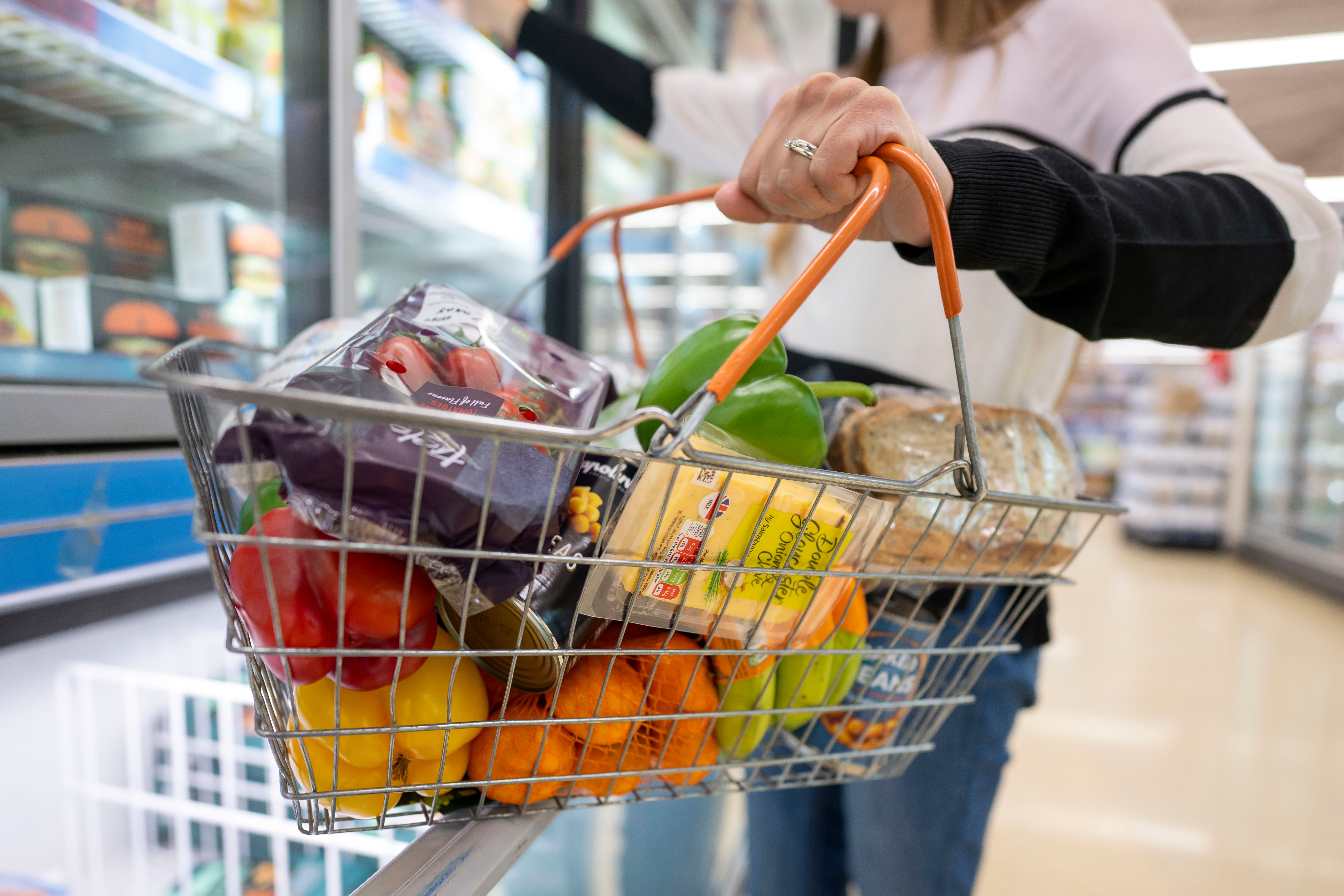Supermarket food costs surge with pasta up by 50 per cent in last year, ONS data shows
The findings come as the ongoing cost of living crisis hits the poorest in the UK

The price of pasta has risen by 50 per cent since last year as supermarket grocery costs have surged, new ONS data shows.
The findings assessed the price of 30 everyday grocery shopping items between April 2021 and April 2022. There were various increases across the items, with five products showing at least a 15 per cent increase.
It comes as Russia’s blockade of Black Sea ports has left 25 million tonnes of grain stuck in Ukraine, threatening famine in the poorest countries, but with stark implications also for the UK, which relies on food imports.
In cash terms, the largest price rises, on average, were measured for minced beef and chicken breast which were up 32p for 500g and 28p for 600g respectively.
Below are the highest price changes across the sample items:
Pasta
Pasta saw the fastest rate of increase in the year to April 2022 with a 50 per cent rise and 17p increase in real terms. According to the report, pasta was among the lower-priced items that saw a price surge between November and December 2021 due to inflation. In those two months alone the price of pasta rose by 32 per cent.
Crisps
Crisps saw the second-fastest rate of increase over the same period, with a 17 per cent rise and 12p increase in cash terms, rising from 71p in April 2021 to 83p in April 2022.
Crisps were also among the items hit hard by inflation in November 2021.
Cost of living: how to get help
The cost of living crisis has touched every corner of the UK, pushing families to the brink with rising food and fuel prices.
- The Independent has asked experts to explain small ways you can stretch your money, including managing debt and obtaining items for free.
- If you need to access a food bank, find your local council's website using gov.uk and then use the local authority's site to locate your nearest centre. The Trussell Trust, which runs many foodbanks, has a similar tool.
- Citizens Advice provides free help to people in need. The organisation can help you find grants or benefits, or advise on rent, debt and budgeting.
- If you are experiencing feelings of distress and isolation, or are struggling to cope, The Samaritans offers support; you can speak to someone for free over the phone, in confidence, on 116 123 (UK and ROI), email jo@samaritans.org, or visit the Samaritans website to find details of your nearest branch.
Bread
One of the most common items on the list saw a price rate increase of 16 per cent. The war in Ukraine has had significant impacts on the cost of bread as grain exports from the war-torn nation have been impeded by Russian warships.
Minced meat
In cash terms, the largest price rises, on average, were measured for beef mince, up 32p for 500g to £2.34 and showing a price increase of 16 per cent.
Breakfast cereal
Over the month from March to April 2022, the items that saw the largest increase in the low-cost range were breakfast cereals, up 6 per cent according to research.
The ONS also found evidence of “shrinkflation” where the pack size of a product is reduced but it still costs the same. Additionally, it found evidence of sugar-free or low-salt versions of some lowest-cost items often costing the same price as the standard versions of these products.
Potatoes
Spuds, on the other hand, saw the largest price drop in the year to April 2022, down 12p to 75p for a 2.5kg bag – 14 per cent lower than in 2021.
Households can expect to fork out an additional £5.20 a week for their groceries as the price of food increases at its fastest rate in 11 years, data from Kantar revealed last month.
Fraser McKevitt, head of retail and consumer insight at the insights and consulting company, said: “The average household will now be exposed to a potential price increase of £271 per year.”
He added that most of this spending is being allocated to non-discretionary, everyday essentials which will “prove difficult to cut back on as budgets are squeezed”.
“We’re seeing a clear flight to value as shoppers watch their pennies,” he said. “The level of products bought on promotion, currently at 27.3 per cent, has decreased 2.7 percentage points as everyday low price strategies come to the fore.”
Subscribe to Independent Premium to bookmark this article
Want to bookmark your favourite articles and stories to read or reference later? Start your Independent Premium subscription today.

Join our commenting forum
Join thought-provoking conversations, follow other Independent readers and see their replies